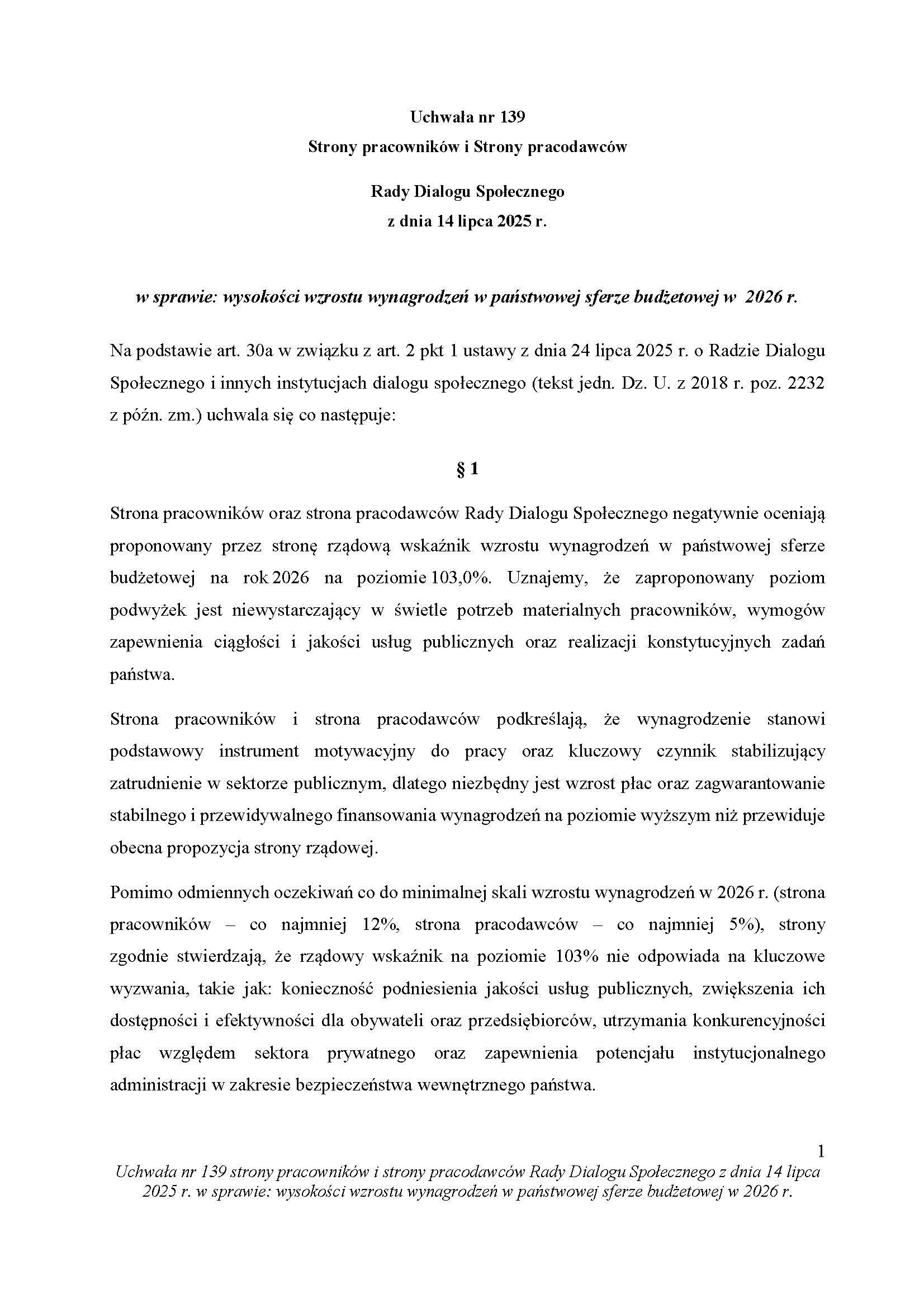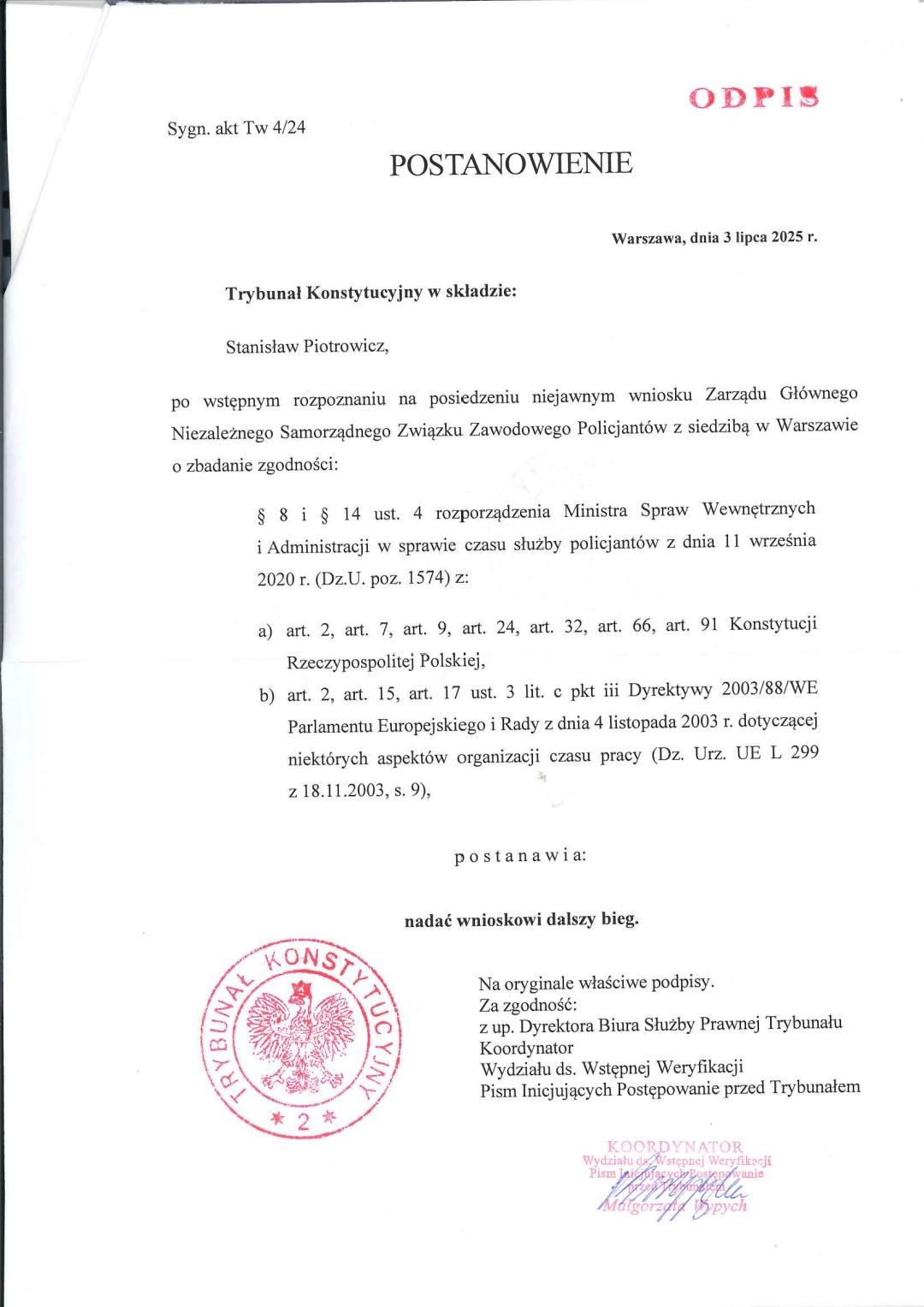
DALLAS- In an industry where profit margins are razor-thin, even minor cost-saving measures are subject to rigorous scrutiny. Southwest Airlines (WN), a Dallas-based airline renowned for its low-cost, no-frills approach, is among the numerous carriers conducting a thorough investigation into the influence of aircraft weight on fuel costs.
Simulation analyses of a Boston (BOS) to Denver (DEN) flight operated by a Boeing 737-700 have demonstrated that the cumulative cost of annual fuel bills for airlines can be millions of dollars. Even the weight of a mobile phone or a bottle of water isn’t off the table.
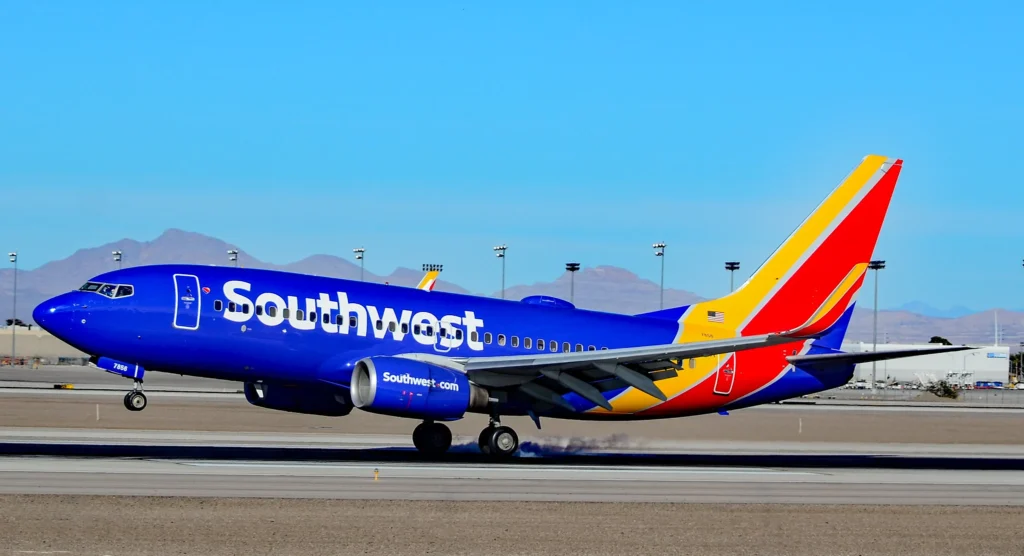 Photo: TOMAS DEL CORO | Flickr
Photo: TOMAS DEL CORO | FlickrLow-Cost Airlines Could Implement a Lavatory Fee
Southwest Airlines (WN) is subject to significant cost pressures, and one of its primary strategic objectives is to decrease fuel consumption. The entire operating expenditure of an airline can be as high as one-third due to fuel costs.
Given that heavier aircraft consume more fuel, even a minor reduction in onboard weight can result in substantial savings across extensive networks.
A Southwest flight from Boston (BOS) to Denver (DEN) with 122 passengers was cited in the 2014 Five Thirty Eight (now ABC News) story, which was assisted by MIT modelling. The flight consumed approximately USD 7,900 in fuel.
According to simulations, fuel savings were marginal but scalable when each passenger’s carry-on or physical weight was reduced by even one pound.
For instance, the Massachusetts Institute of Technology (MIT) estimated that the flight would save USD 2.66 if each passenger used the lavatory before boarding. The weight savings were calculated by estimating an average of 0.2 litres jettisoned per passenger.
The concept of passengers paying to use the lavatory was initially considered by Ryanair (FR) in 2010.
The airline’s rationale was to motivate passengers to reduce their in-flight usage in order to decrease the number of lavatories installed. This could allow more seats and boost revenue, but also reduce aircraft weight by removing bulky lavatories.
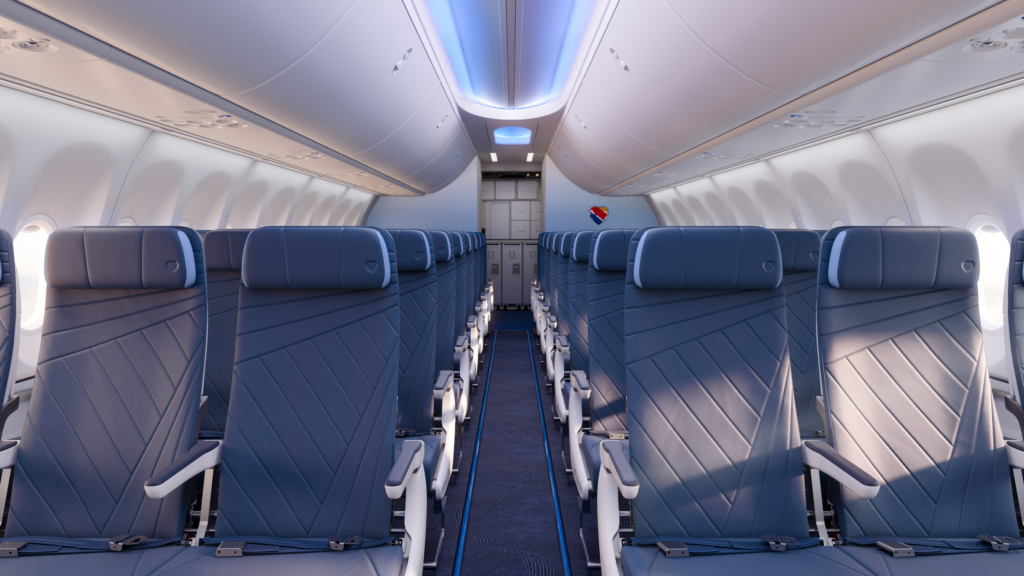 Photo: Southwest Airlines
Photo: Southwest AirlinesSouthwest Airlines Inflight Entertainment
The emphasis on reducing weight is evident in the decisions made regarding aircraft outfitting. Each in-seat entertainment system may weigh approximately seven pounds.
In the case of Southwest, the elimination of these items results in a reduction in fuel consumption and a reduction in maintenance expenses.
American Airlines (AA) implemented electronic flight bags (EFB) for pilots, substituting cumbersome paper charts with iPads. This crucial change resulted in an annual fuel savings of USD 1.2 million, as per the legacy carrier.
Embedded entertainment systems can result in an additional fuel bill of approximately USD 39.7 million per year for an airline, according to the analysis. An annual savings of up to USD 32.7 million could be achieved by transitioning to more compact alternatives, such as the usage of tablets.
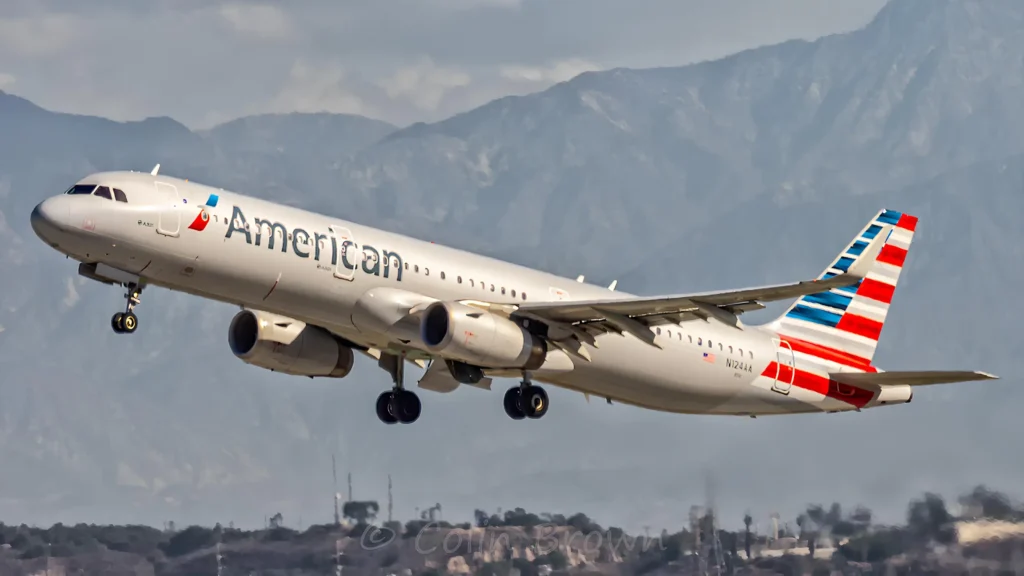 Photo: By Colin Brown Photography – https://www.flickr.com/photos/145232442@N02/47072084354/, CC BY 2.0, https://commons.wikimedia.org/w/index.php?curid=81315193
Photo: By Colin Brown Photography – https://www.flickr.com/photos/145232442@N02/47072084354/, CC BY 2.0, https://commons.wikimedia.org/w/index.php?curid=81315193American Airlines’ Former CEO Saved USD 100,000
Thriftiness is not a novel concept in aviation. Frequently recounted in industry anecdotes is when American Airlines‘ former CEO saved USD 100,000 annually.
Bob Crandall achieved this by eliminating a single olive from each salad served on board all American Airlines flights during his tenure.
This story, while anecdotal, is proven by modern-day analysis of a basic principle. The financial impact of removing even small quantities of weight from a large fleet adds up over time.
If acted upon, Southwest Airlines could save USD 21.6 million annually if every passenger refused to bring a laptop. The mere substitution of bottled water with refillable alternatives could add USD 2.4 million in savings.
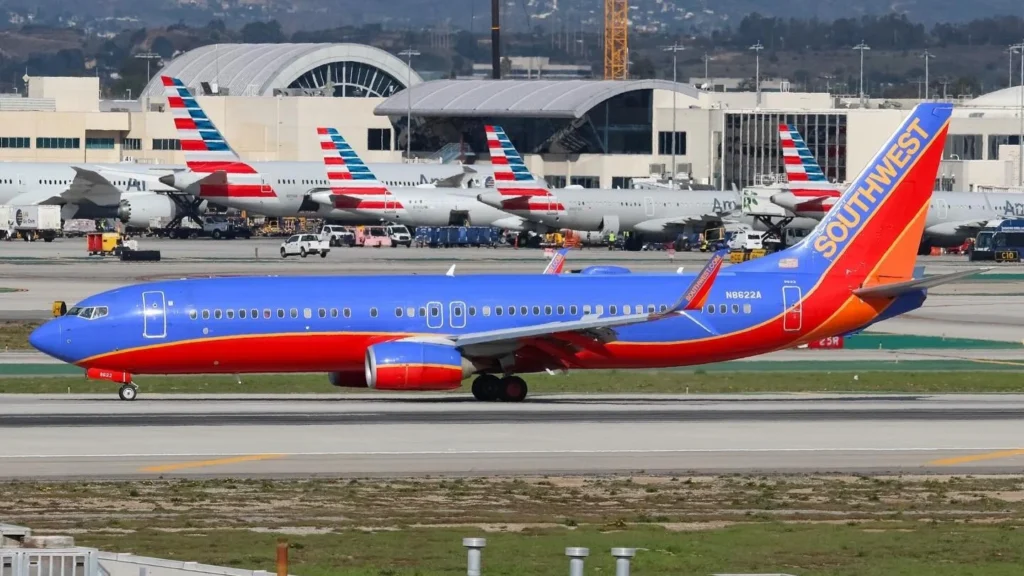 Photo: JFK Spotting
Photo: JFK SpottingSouthwest Airlines Operates Over 4,000 Flights Per Day
Southwest Airlines operates over 4,000 flights per day during peak seasons. The airline’s vast network has an aircraft taking off approximately every 20 seconds.
This colossal scale rapidly accumulates even minor per-flight savings. In an industry where annual profits frequently fluctuate around single-digit percentages, a mere 3% decrease in fuel costs can result in a 1% increase in operating margins.
Southwest consumed approximately 1.8 billion gallons of fuel in 2013, a prime example of how cumulative operational decisions contribute to cost efficiency.
In isolation, the removal of in-flight magazines or the imposition of stricter weight restrictions on passengers’ carry-ons may appear trivial. However, they become strategically significant when implemented on a larger scale.
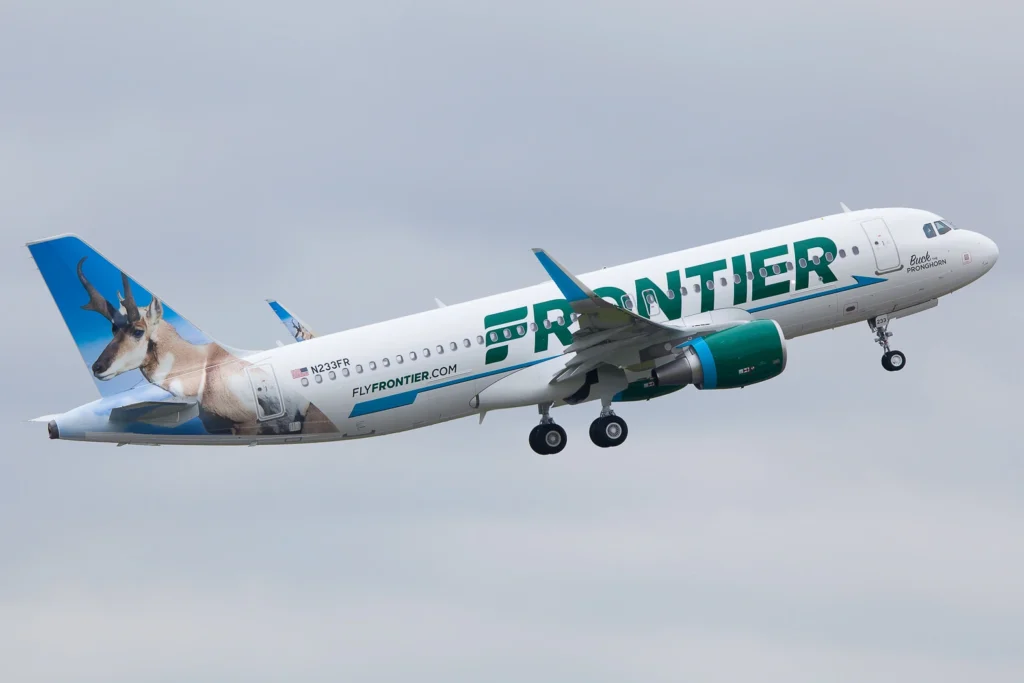 Photo: Clément Alloing
Photo: Clément AlloingLow-Cost Airline Operations
Low-cost airline operations derive two advantages from weight-reduction initiatives. It starts with reducing operational expenses and simultaneously generating ancillary revenue by implementing usage fees.
Not only are lavatory charges, carry-on bag fees, and paid water bottles revenue strategies, but they are also cost-saving strategies that are disguised as service modifications. These methods assist airlines in harmonising operational efficiency with passenger behaviour.
Airlines continue adopting innovative and sometimes controversial strategies to optimise each flight gram by gram as fuel costs remain volatile.
Stay tuned with us. Further, follow us on social media for the latest updates.
Join us on Telegram Group for the Latest Aviation Updates. Subsequently, follow us on Google News
Southwest Airlines New Assigned and Premium Seating Begins in 2026
The post Will Low-Cost Airlines Charge You for Using the Lavatory In-Flight? appeared first on Aviation A2Z.













